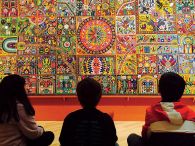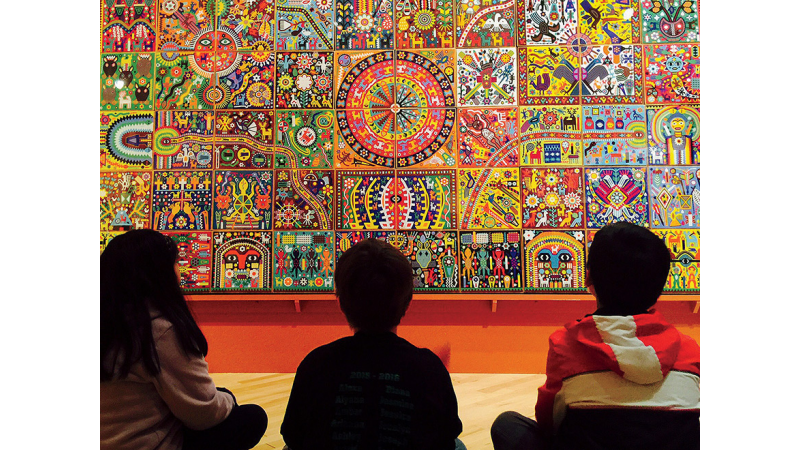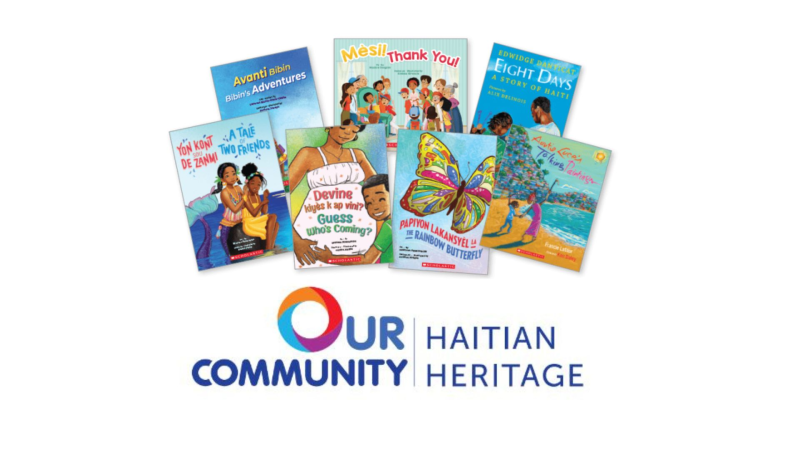 Finding ways to help students feel included at school and encouraged to learn is extremely important for teachers across grade levels. In an article that was featured in the latest issue of Scholastic Teacher Magazine, writer Jennifer L.W. Fink outlined specific strategies and action steps teachers can take to make their classrooms more inclusive and culturally responsive. After interviewing a group of teachers, administrators, authors and other education professionals with a true stake in the matter and with experience in helping students feel included in their classrooms; Fink highlighted the common themes they shared with her.
Finding ways to help students feel included at school and encouraged to learn is extremely important for teachers across grade levels. In an article that was featured in the latest issue of Scholastic Teacher Magazine, writer Jennifer L.W. Fink outlined specific strategies and action steps teachers can take to make their classrooms more inclusive and culturally responsive. After interviewing a group of teachers, administrators, authors and other education professionals with a true stake in the matter and with experience in helping students feel included in their classrooms; Fink highlighted the common themes they shared with her.
Fink’s interviews revealed that students learn best when they are able to relate to what they are learning based on what they already know or have already experienced. This helps students build meaning and understanding and this is what culturally responsive teaching is all about.
Below is a brief overview of six strategies teachers can use to promote inclusion and enhance the cultural vibrancy of their classrooms. You can use the questions outlined below to reflect on the school year so far.
For specific action steps you can implement to meet your students’ needs and help them succeed, read the full article, Cultural Connections: Six strategies to make your classroom more inclusive and culturally responsive, in the winter 2017 issue of Teacher Magazine or check out the online version.
1. Question to ask: How well do you know your students?
Kids operate at home the way they operate at school. There is no such thing as a “classroom bubble.”
2. Question to ask: Does your classroom reflect your student body?
How does the environment your students are learning in reflect who they are?
3. Question to ask: Do you invite and involve families?
Reach out to the families of your students and make an effort to build relationships with them.
4. Question to ask: Do you help students develop a positive racial and cultural identity?
Research indicates that students who have a strong and positive racial identity are more likely to succeed academically and socially.
5. Question to ask: Do you create space for sometimes difficult conversations about current events and culture?
Current events impacting students, their families and communities affect every aspect of our lives. Even very young students are aware of these topics.
6. Question to ask: Do you embrace students’ native languages?
While students in the Unites States do need to learn standard American English in order to succeed academically, students’ native languages are closely tied to their cultural identities.
Brenda Mendoza






